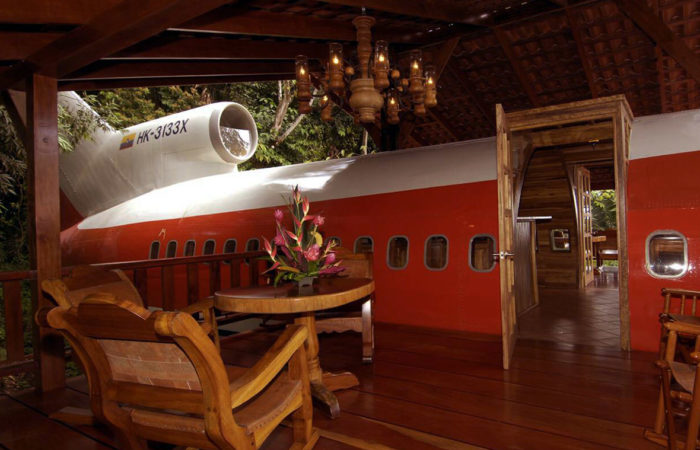Indonesia is home to 30% of the world's tropical peatlands, a third of which are in the Kalimantan region in Borneo, Indonesia. The different types of peatland include coastal, inland swamp forests and large, deep peat domes.
Agriculture is encroaching on many of these peatlands. Some have been extensively altered for agricultural use as palm oil and acacia plantations expand. Indonesia's Mega Rice Project also cleared extensive areas for rice paddies.
This puts peatland ecosystems under increasing pressure. Researchers estimate that up to 70% of the Kalimantan peatlands are degraded, resulting in many ecosystem impacts. However, the impact of degraded peatlands on native fish populations and connected waterways remains uncertain.
To more clearly understand the extent of fishery populations in peatlands and how important they are to local communities, ACIAR recently supported an initial assessment of the current state of knowledge for freshwater fish populations in the Kalimantan region. Australian fisheries consultant Dr Kirsty Nash collaborated with Dr Arif Wibowo and Dr Dwi Atminarso from the Indonesian National Research and Innovation Agency (BRIN) on this work.

Community reliance on peatland fisheries
Their assessment of the economic and livelihood importance of peatland-connected fisheries found that, in some areas, up to 90% of households relied on fisheries for food or income, especially among Indigenous Dayak communities.
'For many communities, fisheries provide more than 50% of their animal protein and they eat 4 times more fish than the global average,' said Dr Nash. 'In other communities, a shift to fishing trade is becoming evident.'
For some communities where peatland has been cleared for agriculture, there is less reliance on fisheries, but for others, fisheries remain a dominant part of life and an integral part of the local culture.
'What we don't really understand is which species are in decline, what impact peatland degradation is having on the fisheries habitat, and the result on the communities that depend on them,' said Dr Nash.
The project aimed to improve the scientific knowledge of species in peatland ecosystems, generating information about populations, breeding and habitat requirements, and the relationship to the peatlands.
Filling information gaps on fish species diversity
The variations in peatlands throughout Kalimantan mean the many different native fish species are adapted to variable water quality and seasonal variations (tropical wet and dry). There are also introduced species.
As head of the Research Centre for Conservation of Marine and Inland Water Resources, Dr Wibowo said peatland microhabitats were based on the type of peat, the acidity and the season.
'These influence the breeding, spawning and migration of fish,' said Dr Wibowo. 'The Indigenous Dayak people are equally diverse, so understanding their needs for food, for economics and for culture, as well as the future of the fisheries in the peatlands, is necessary to gain a full picture of the whole ecology.
'Some areas are quite remote, so working with the local communities is important, as their customs and fish species may vary,' said Dr Wibowo. He added that on-the-ground knowledge would be important in research to assess fish species populations.
Dr Atminarso, also from BRIN, said initial work has helped to define the scope of further research needed by identifying both available knowledge and information gaps. 'We know that there are about 200 different species of fish in the peatlands.
'But we are finding more as we get to know the ecology better. So, what we don't know is how many more species there are, the stock levels, and the relationships that species have with the local community,' explained Dr Atminarso.
Dr Wibowo highlighted the value of the international collaboration with ACIAR and Dr Nash as important in protecting the peatlands. 'This work will provide access to greater knowledge but also raises awareness of the significance of the peatlands to a wider audience.'
Read the paper: The Sleeping Giant of Kalimantan: A review of Fish and Fisheries of the Peatlands






